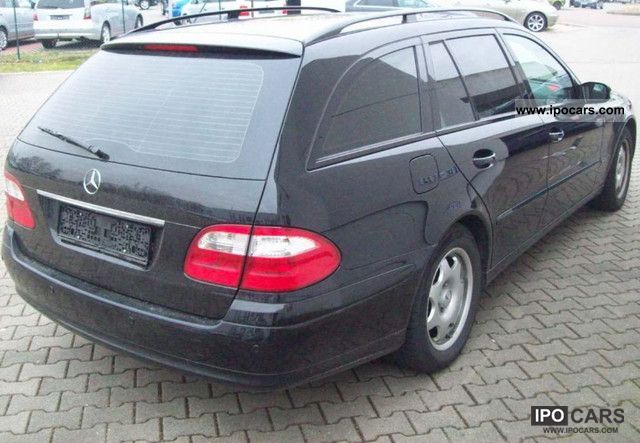
The G 55 AMG was upgraded in 2004 with a supercharged V8 engine developing 476 hp. New dynamic control systems included the Electronic Stability Program (ESP), Brake Assist, and the 4 wheel Electronic Traction System (4 ETS).
FUEL KOMPRESSOR WHEELS PLUS
New alloy wheels, a chrome grille and body-colour bumpers plus a more luxurious cabin were introduced.

market launch of the G-Class took place in 2001. Later in the year, the new G 55 AMG debuted as the most powerful G-Class yet, with 354 hp. A multifunction steering wheel was added to all models. įor 1999 a limited run of V8 powered "G 500 Classic" special editions marked the model's 20th anniversary.

FUEL KOMPRESSOR WHEELS SERIES
In 1998, the range-topping G 500 with a 296 hp V8 was introduced for series production. In 1996 the automatic transmission became an electronically controlled 5-speed unit and headlamp washers, cruise control, and a front passenger's air bag were added. Ventilated front disc brakes and a driver's air bag became standard. In the same year, the 100,000th G Model was built in Graz and in 1994, the model line was officially renamed the G-Class. The civilian model began to offer cruise control, a stainless-steel spare-tire cover, running boards and Burl Walnut wood interior trim.
FUEL KOMPRESSOR WHEELS PROFESSIONAL
For 1992, production began on a new sub-series for professional users. In 1989, for the 10th anniversary of the G Model, a new model variant with permanent 4-wheel drive, a wood-trimmed interior and optional Anti-lock Braking System ( ABS) debuted at the Frankfurt International Motor Show. For 1985, differential locks, central door locking and a tachometer became standard and by 1986 over 50,000 G Models had been produced. Fuel injection became available in 1982, when the 230 GE was introduced in Turin, along with more comfortable and supportive front seats, auxiliary heating, wider tires and fender flares. The first major refinements were introduced in 1981, including an automatic transmission, air conditioning, an auxiliary fuel tank, protective headlamp grilles and a cable winch. The “Papa G” later took up permanent residence at the Mercedes-Benz Museum in Stuttgart, Germany. In 1980, the Vatican took delivery of a specially made G-Wagen outfitted with a clear thermoplastic top which served as the Popemobile. Construction commenced on a new production facility in Graz, where the new cross-country vehicle would be assembled nearly entirely by hand in 1975, with production of the "G Model" beginning in Graz in 1979. The first wooden model was presented to Daimler-Benz management in 1973, with the first drivable prototype beginning various testing including German coalfields, the Sahara Desert, and the Arctic Circle in 1974. Mercedes-Benz engineers in Stuttgart were in charge of design and testing, while the team in Graz developed the production plans. The development of the G-Class started in 1972 with a cooperative agreement between Daimler-Benz and Steyr-Daimler-Puch in Graz, Austria. The first military in the world to use it was the Argentine Army (Ejército Argentino) beginning in 1981 with the military model 461, at least one of these was captured in the Falklands and subsequently served with the Royal Air Force. The Peugeot P4 was a variant made under licence in France with a Peugeot engine. In this military role the vehicle was sometimes referred to as the "Wolf". The G-class was developed as a military vehicle from a suggestion by the Shah of Iran (at the time a significant Mercedes shareholder) to Mercedes and was later offered as a civilian vehicle in 1979.

Very early, carburetted grey market Mercedes-Benz 230 G Cabriolet In 2018, Mercedes-Benz launched a technically new second generation, still with only minor design changes. It uses three fully locking differentials, one of the few passenger car vehicles to have such a feature.ĭespite the introduction of an intended replacement, the unibody SUV Mercedes-Benz GL-Class in 2006, the G-Class is still in production and is one of the longest-produced vehicles in Daimler's history, with a span of 43 years. The G-Wagen is characterised by its boxy styling and body-on-frame construction. In certain markets, it has been sold under the Puch name as Puch G until 2000. Originally developed as a military off-roader, later more luxurious models were added to the line. The Mercedes-Benz G-Class, sometimes colloquially called the G-Wagen (as an abbreviation of Geländewagen) is a four-wheel drive automobile manufactured by Magna Steyr (formerly Steyr-Daimler-Puch) in Austria and sold by Mercedes-Benz.


 0 kommentar(er)
0 kommentar(er)
